7 shows that ended too soon
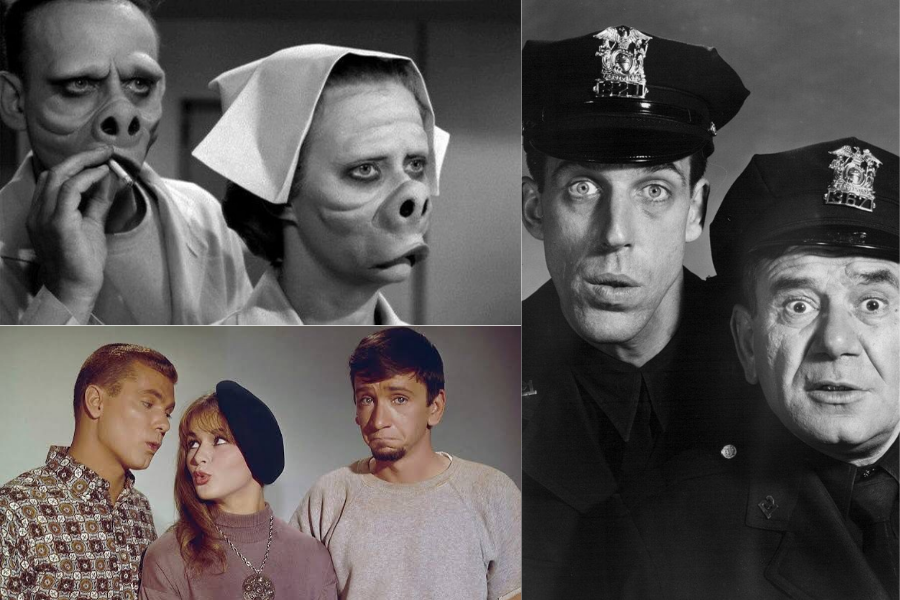
Sometimes, the best shows leave us wanting more. These classics from the ’50s and ’60s captured audiences with their unique charm, sharp writing, or groundbreaking concepts but were cut short before they could fully blossom. Whether due to behind-the-scenes issues, tragic events, or shifting network priorities, their early endings left a lasting sense of “what could have been.”
1. The Honeymooners: A Short-Lived Classic
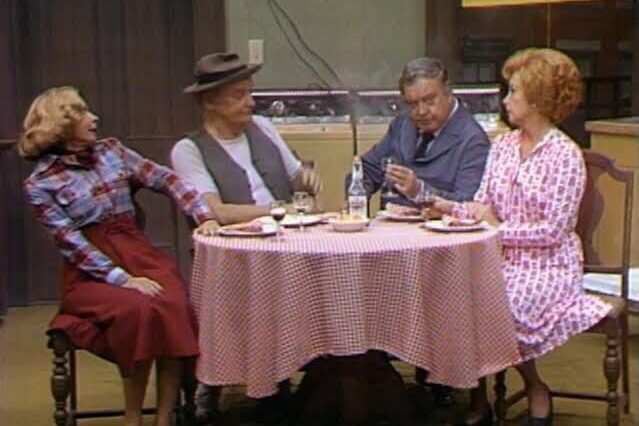
The Honeymooners aired only one full season from 1955 to 1956, Despite its short run, the show is massively influential, it ranked #3 on TV Guide’s 50 Greatest TV Shows and produced characters among their Top Greatest Ever. Ralph Kramden (Jackie Gleason) and Ed Norton (Art Carney) became cultural icons, delivering sharp wit, memorable one‑liners and dynamic chemistry. It also pioneered portrayals of a blue‑collar married couple living in a modest Brooklyn tenement, mixing humor with relatable struggles. The show’s cancellation was not due to lack of popularity but rather production challenges and the lead actors’ other commitments; Jackie Gleason wanted to resume The Jackie Gleason Show, and the cast had other obligations. He chose to end the series while it was still strong, famously saying the material wouldn’t hold up if extended.
2. Car 54, Where Are You?: Clever but Cut Short
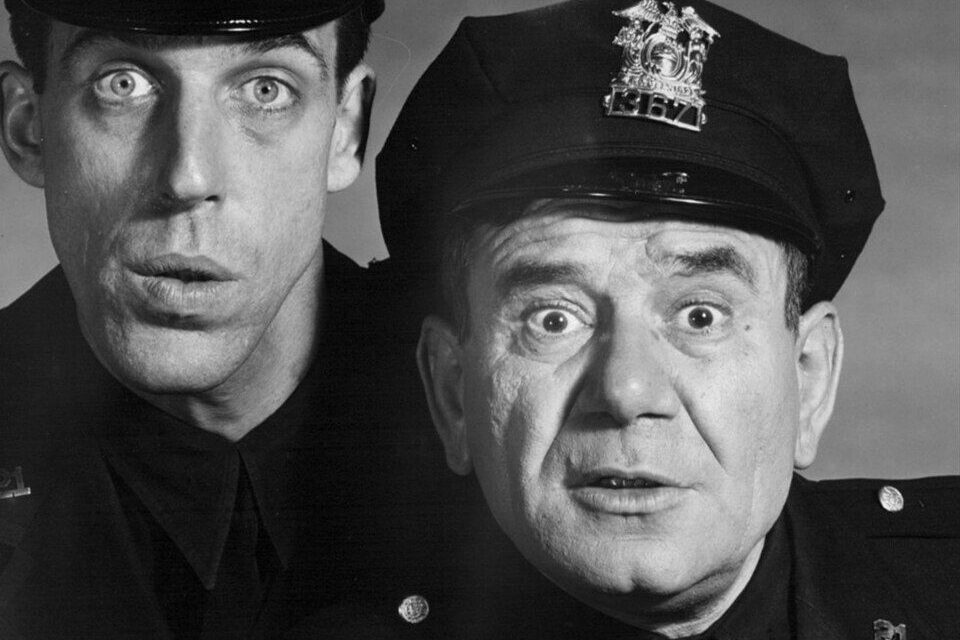
Car 54, Where Are You? was a smart, satirical police sitcom that ran for just two seasons. It stood out for its witty writing and talented cast, including Joe E. Ross and Fred Gwynne, who brought a unique charm to their roles as bumbling New York City cops. The show cleverly balanced humor with social commentary, making it a standout in the late ’50s and early ’60s TV landscape. Unfortunately, Car 54 struggled with ratings and network decisions, leading to its early cancellation. Its short lifespan prevented it from reaching the wider audience it deserved, but the show’s cleverness and influence lingered, inspiring later police comedies that combined humor with social insight.
3. The Many Loves of Dobie Gillis: Youthful Charm Cut Short
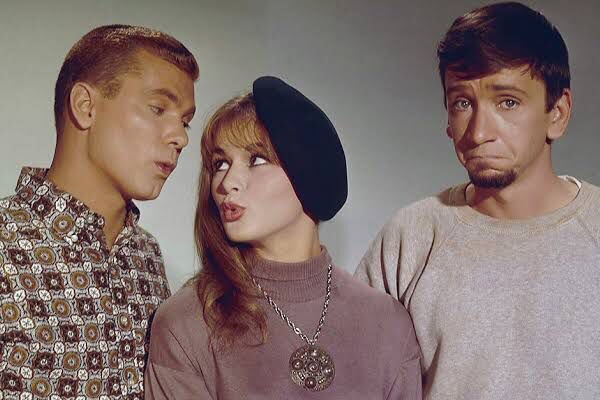
Running from 1959 to 1963, The Many Loves of Dobie Gillis captured the spirit of American youth with a fresh, relatable approach. It was one of the first shows to focus on teenage life and culture, featuring Dobie’s romantic escapades and the quirky characters around him. The show’s lighthearted tone and clever writing made it a favorite among younger viewers. However, it ended before the true teen TV boom of the mid-’60s, missing the chance to expand its influence further. Its cancellation after four seasons left a gap in youth-oriented programming, but Dobie Gillis remains a nostalgic touchstone for early teen sitcoms.
4. The Outer Limits: Sci-Fi Brilliance Cut Short
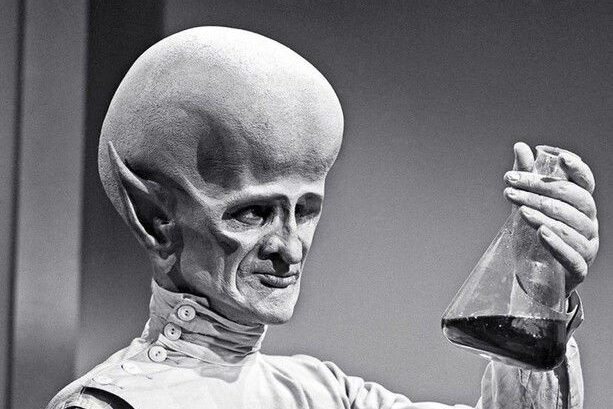
The Outer Limits was a groundbreaking sci-fi anthology series that aired for two seasons from 1963 – 1965. It delivered mind-bending stories with imaginative plots and special effects that were ahead of its time. The show explored complex themes through science fiction, influencing later genre works and earning a cult following. Issues behind-the-scenes tensions and production issues led to its cancellation, cutting short what could have been a longer run of innovative storytelling. Despite its brief tenure, The Outer Limits set a high bar for sci-fi TV and remains a beloved classic for fans of the genre.
5. Adventures of Superman: A Tragic and Sudden End

Adventures of Superman was a pioneering superhero series that aired through the 1950s, starring George Reeves as the iconic Man of Steel. The show ended abruptly in 1958 following Reeves’ tragic death, leaving no proper conclusion to the beloved series. Fans were left with a sense of loss, as the character and stories had become a staple of early television. The sudden end meant that the series never got to wrap up its narrative or explore further adventures, which could have expanded Superman’s TV legacy. Despite this, the show laid the groundwork for future superhero programming and remains a cherished part of TV history.
6. Batman Original TV Series: Campy Cool Cut Short
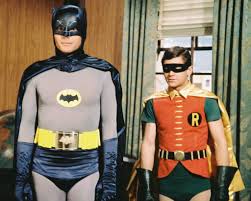
Batman aired from 1966 to 1968 and quickly became famous for its campy style, colorful villains, and pop-art action sequences. Though wildly popular, the show was canceled after just three seasons. Its unique blend of humor and superhero action made it a cultural phenomenon, influencing comic book adaptations for decades. The cancellation came as the show’s tone began to wear thin for some viewers, but many fans felt it ended too soon given its popularity. Batman’s brief run left a lasting impression and proved that superhero shows could be both fun and stylish, setting a template for future adaptations.
7. The Twilight Zone: Brilliant but Brief
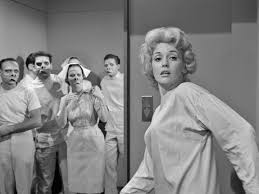
The Twilight Zone ran for five groundbreaking seasons from 1959 to 1964, delivering thought-provoking anthology stories that blended sci-fi, horror, and social commentary. Despite its brilliance and critical acclaim, CBS canceled the show as the anthology series started to fade from primetime popularity. Its end felt premature to many fans who saw it as a unique and visionary program. The Twilight Zone’s influence on storytelling and television is immense, and though it ended after five seasons, its legacy continues to inspire creators and audiences alike.
7 Shows That Ended Just Right
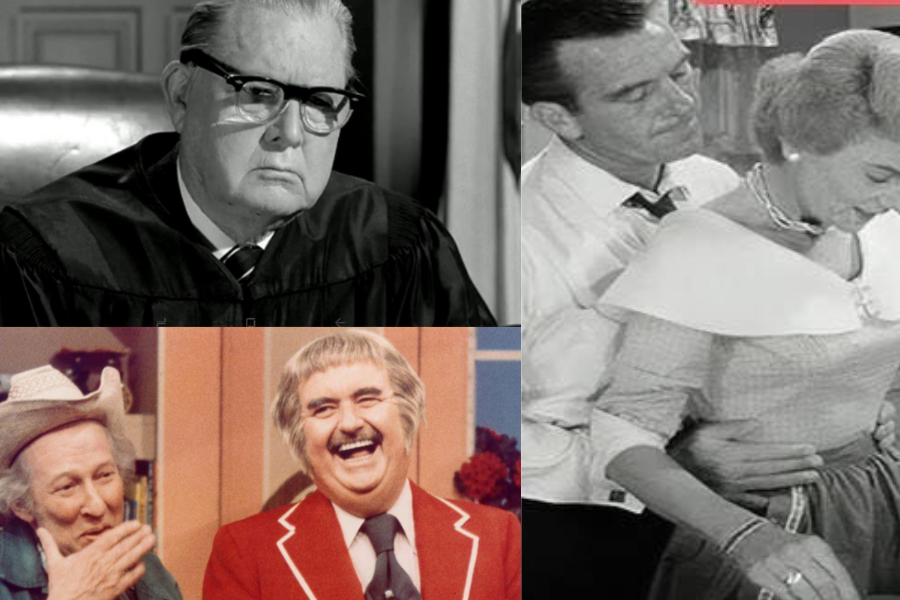
Knowing when to say goodbye is an art, and these shows mastered it. They wrapped up their stories at the perfect moment, neither overstaying their welcome nor leaving fans hanging. With thoughtful finales and well-timed conclusions, these series preserved their legacies and left audiences satisfied, proving that sometimes, less really is more.
1. The Dick Van Dyke Show: Ending on a High Note
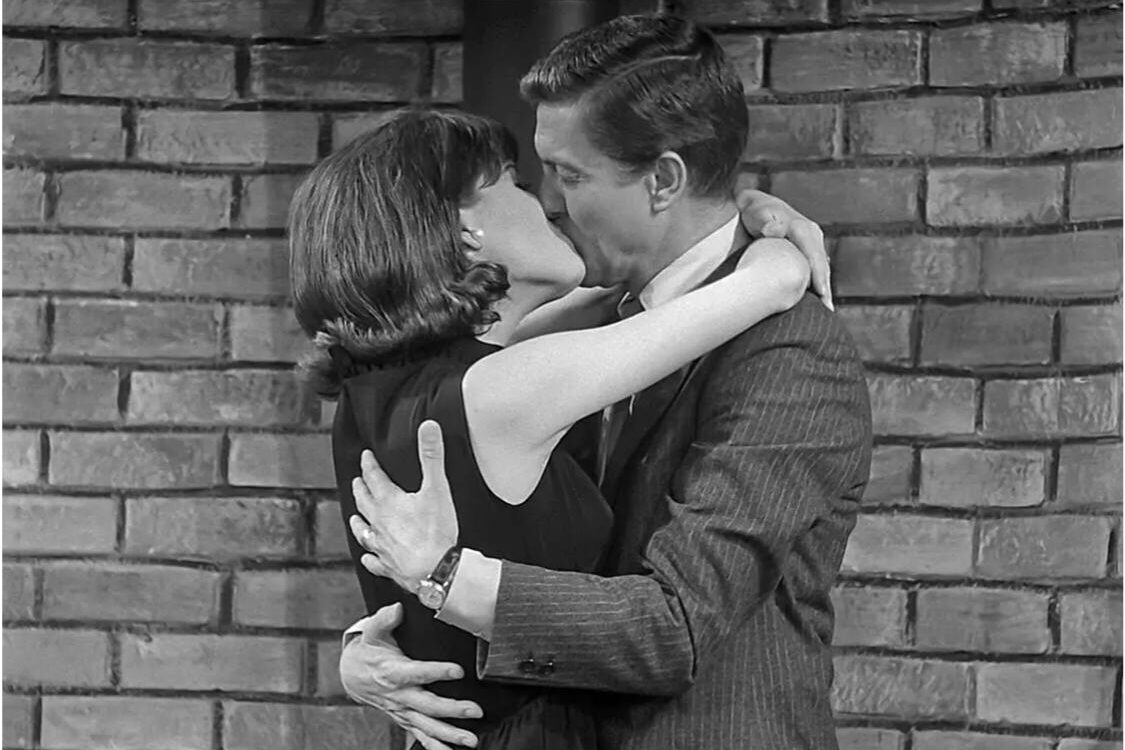
The Dick Van Dyke Show ran from 1961 to 1966 and chose to end while still at its creative and popular peak. Creator Carl Reiner decided to wrap the show after five seasons, ensuring it didn’t overstay its welcome. The series was praised for its sharp writing, relatable family dynamics, and the chemistry between Dick Van Dyke and Mary Tyler Moore. Ending on a high note preserved its reputation as one of the best sitcoms of its era. By concluding when it did, the show avoided the common trap of declining quality that many long-running series face. Fans were left with fond memories of Rob and Laura Petrie’s charming life, making the finale feel like a natural and respectful goodbye to a beloved TV family.
2. Leave It to Beaver: A Warm Goodbye
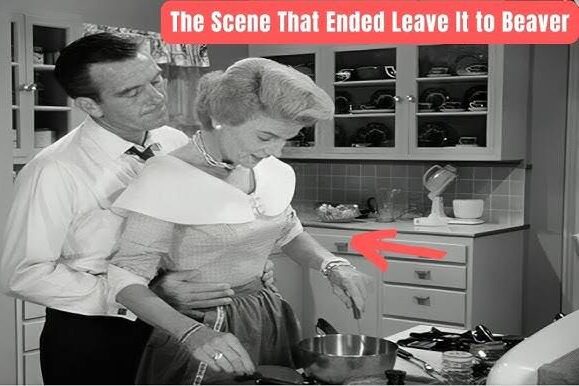
Leave It to Beaver ended in 1963 with a perfectly on-brand farewell episode that wrapped up the Cleaver family’s wholesome adventures. The show was a defining portrayal of suburban American life in the ’50s and early ’60s, focusing on the innocence and lessons of childhood through the eyes of Beaver Cleaver. Its ending felt natural and satisfying, giving viewers closure on the family’s story. The series maintained its gentle humor and moral lessons throughout its run, and the final episode reinforced these themes with warmth and simplicity. This thoughtful conclusion helped cement Leave It to Beaver as a comforting classic that audiences could cherish without feeling like it dragged on too long.
3. The Andy Griffith Show: A Graceful Transition
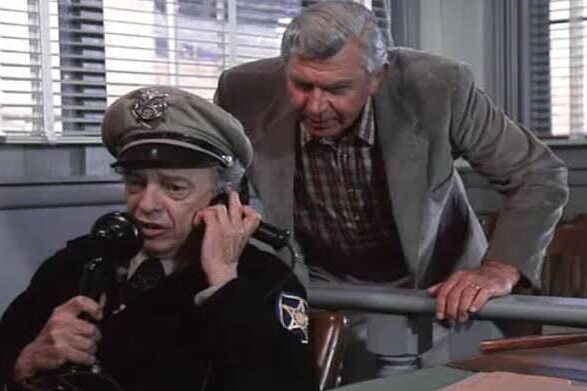
After eight seasons, The Andy Griffith Show concluded in 1968, gracefully passing the torch to its spin-off, Mayberry R.F.D. The show had become a beloved portrayal of small-town life, with Andy Taylor’s calm wisdom and the characters of Mayberry capturing viewers’ hearts. Ending the series while it was still popular allowed the creators to maintain its charm without diluting its appeal. The show’s finale didn’t feel like an abrupt stop but rather a thoughtful evolution, highlighting the importance of knowing when to say goodbye in television storytelling.
4. I Love Lucy: Ending While on Top
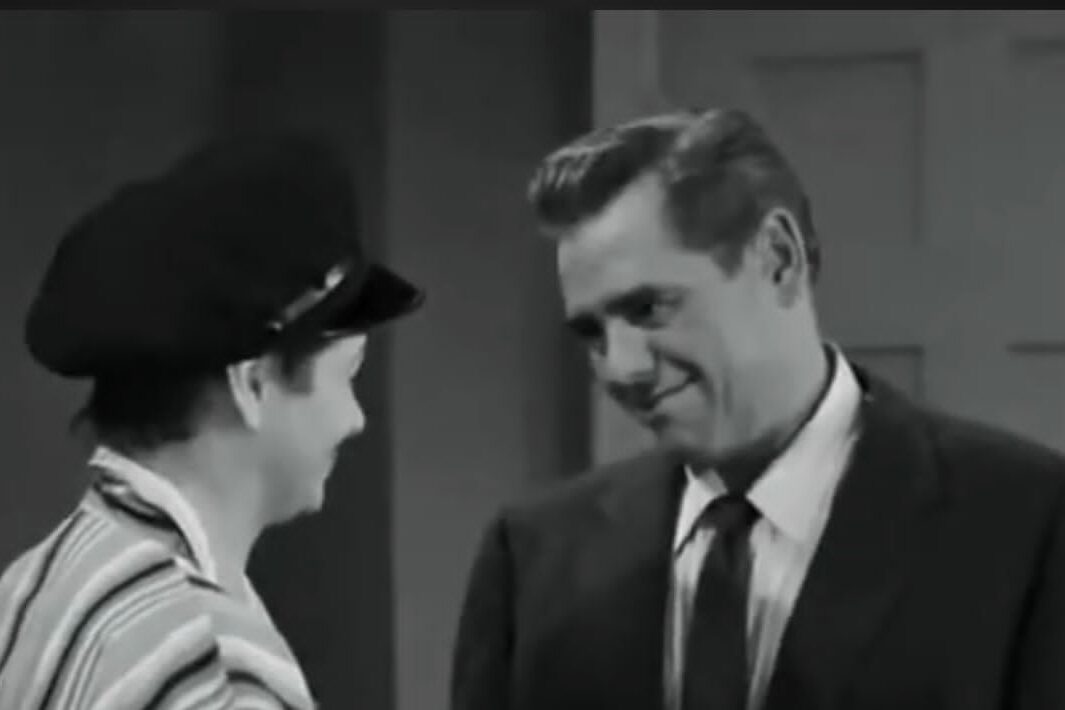
“I Love Lucy” aired from October 15, 1951, to May 6, 1957 (six seasons, 180 half‑hour episodes) and ended while still a top‑ranked show. In fact, it was the first sitcom to finish its run at #1 in the Nielsen ratings. After the series ended, Ball and Arnaz launched “The Lucy–Desi Comedy Hour” (also known as The Lucille Ball–Desi Arnaz Show). This was a set of 13 one-hour specials airing occasionally from 1957 to 1960. It retained the main cast but shifted to a format centered on celebrity guest stars and less frequent episodes . The strategy? As Arnaz put it, they decided to “make a big change while we are still ahead” moving from a weekly half-hour grind to high-quality specials, allowing creative reboot without overstaying their welcome.
5. Perry Mason: Closing the Case with Dignity
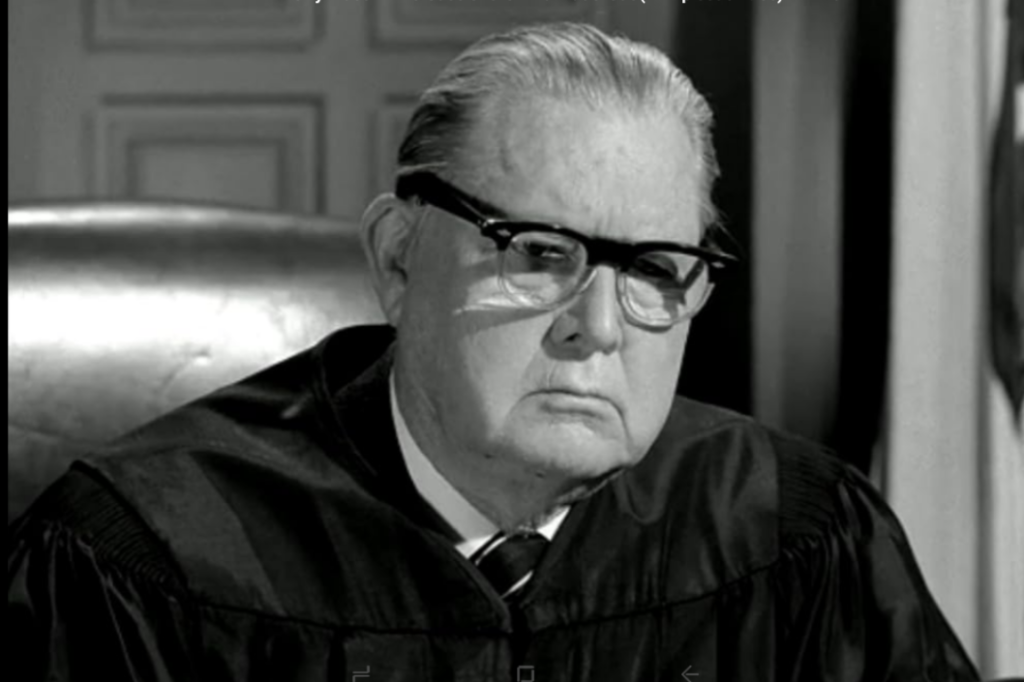
Perry Mason aired on CBS from September 21, 1957 to May 22, 1966, spanning 9 seasons and totaling 271 episodes. Raymond Burr as Mason: He portrayed the brilliant defense attorney throughout the series. Each episode featured a new legal puzzle, with Mason defending clients wrongfully accused as this was indeed the core structure. The final episode, “The Case of the Final Fade‑Out”, aired May 22, 1966 was deliberately crafted as a send‑off. It even featured behind‑the‑scenes cast and guest-star appearances (including creator Erle Stanley Gardner as a judge) .
6. The Ed Sullivan Show: Ending with a Changing Era
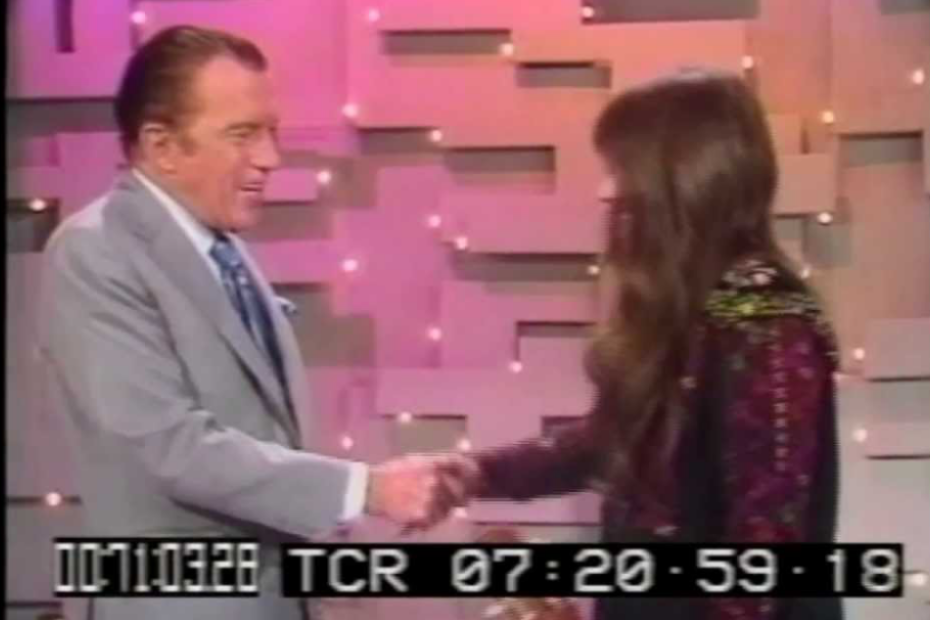
The show aired on CBS beginning June 20, 1948 (under the title Toast of the Town) and continued until March 28, 1971, with reruns airing through June 6, 1971. It covered an astonishing range such as music, comedy, sports, opera, Broadway, novelty acts and more. It even featured iconic performances by Elvis in the 1950s and The Beatles in February 1964, a cultural watershed that drew over 73 million viewers.
By 1971, ratings had significantly declined, and CBS perceived the format as dated, especially amid changing audience tastes and the broader “rural purge” of older‑skewing shows. Ed Sullivan reportedly felt blindsided by the cancellation, in which there was no farewell episode, and he only taped a brief sign-off during rerun season. Also, variety shows were giving way to edgier, youth‑oriented programming, late‑night talk, sitcoms, and music shows like The Sonny & Cher Comedy Hour were taking over.
7. Captain Kangaroo: A Children’s TV Pioneer
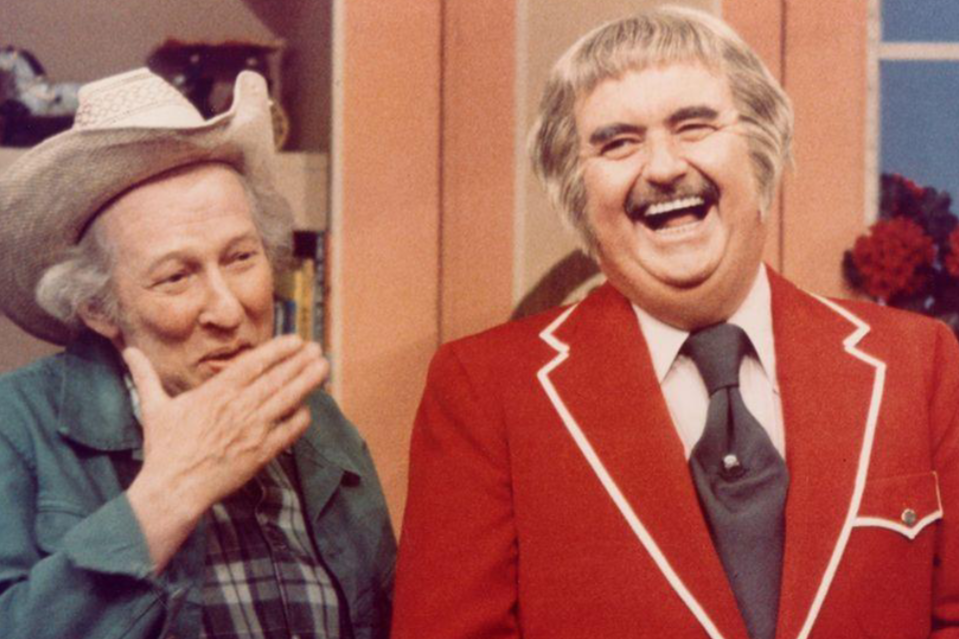
Captain Kangaroo launched in 1955 and ran for nearly 30 years, becoming one of the most enduring children’s programs ever. Its gentle, educational approach and the warm presence of Bob Keeshan made it a beloved staple for generations of kids. The show ended in 1984, long after its heyday, but its conclusion felt respectful and fitting.
The longevity of Captain Kangaroo showed its ability to adapt while maintaining core values of kindness and learning. Ending after such a remarkable run allowed it to leave a lasting impression on children’s television, paving the way for future educational shows.
7 Shows That Lost Their Spark Before the End
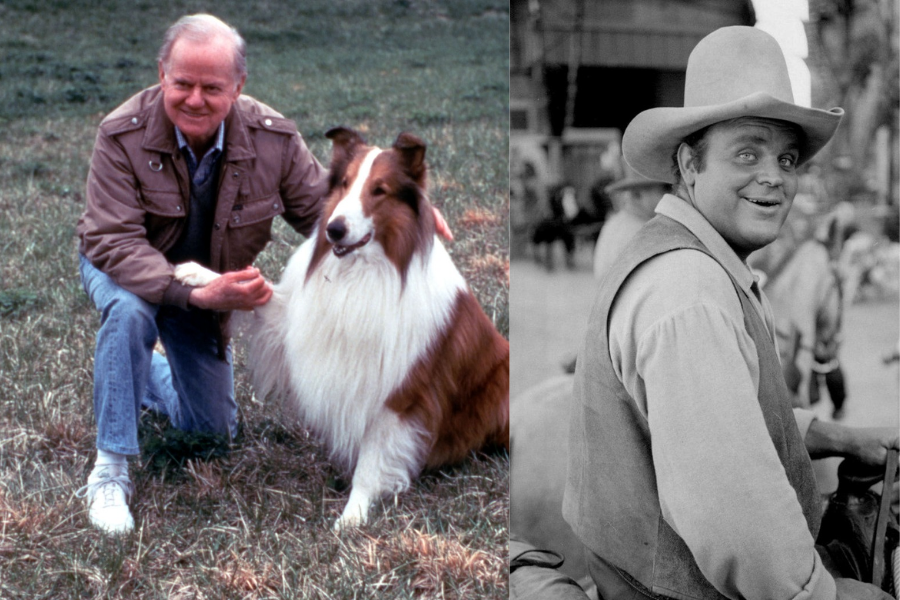
Even beloved shows can struggle to maintain their magic over time. This group of classics started strong but gradually lost their original appeal due to cast changes, tired storylines, or shifts in tone. While they still hold a place in TV history, their later seasons remind us how challenging it is to keep a series fresh and engaging across many years.
1. Gilligan’s Island: From Charm to Goofiness
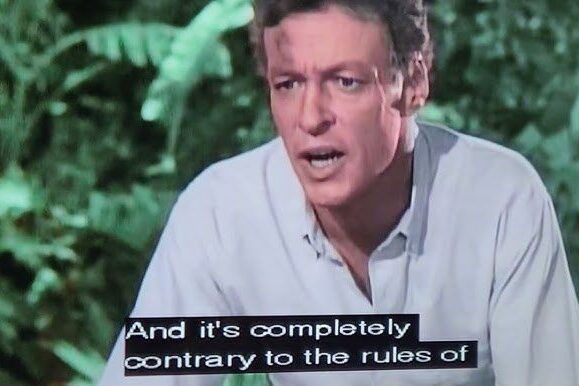
Gilligan’s Island started as a fun, quirky sitcom about castaways on a deserted island, full of clever humor and memorable characters. However, as the series progressed from 1964 to 1967, it drifted into increasingly goofy and far-fetched plotlines, especially in season 3. Later reunion specials felt more like parodies than the original charm that drew viewers in. The shift diluted the show’s initial appeal, making it clear that the magic was fading. Despite this, Gilligan’s Island remains a nostalgic favorite, but its later years showed how even beloved shows can lose their way when trying too hard to keep things fresh.
2. Bewitched: A Change in Lead, A Change in Tone

Bewitched was a beloved fantasy sitcom that charmed audiences with its magical premise and the chemistry between Elizabeth Montgomery and Dick York. However, when York was replaced by Dick Sargent midway through the series, many fans noticed a drop in the show’s spark. The change in lead actor altered the dynamic and some of the original warmth. Though the show continued for several more seasons, the shift affected its tone and reception. Bewitched’s decline highlights how crucial cast chemistry is to a show’s lasting success, and how changes can sometimes disrupt the magic.
3. My Favorite Martian: Slapstick Over Substance
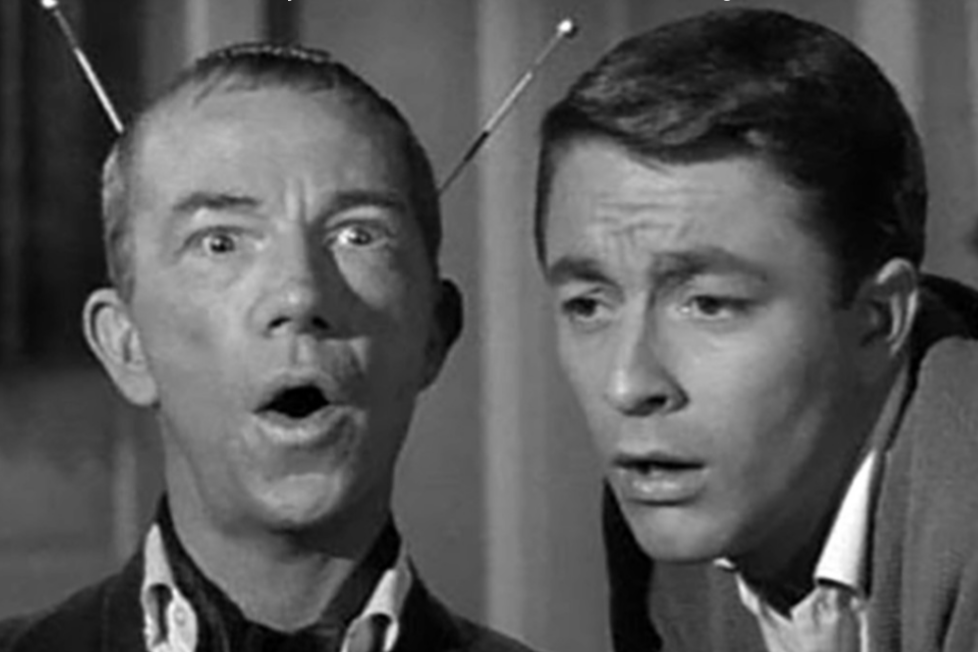
My Favorite Martian began strong with its clever concept of a Martian living incognito on Earth, blending sci-fi with comedy. But as the series went on, it leaned heavily into slapstick humor and gadget-based gags, which some viewers found less engaging. The original cleverness gave way to more predictable, less inspired storylines. This shift caused the show to lose some of its initial appeal, demonstrating how important it is for a series to balance humor and storytelling to keep audiences invested over time.
4. Bonanza: Losing Its Heart After Hoss
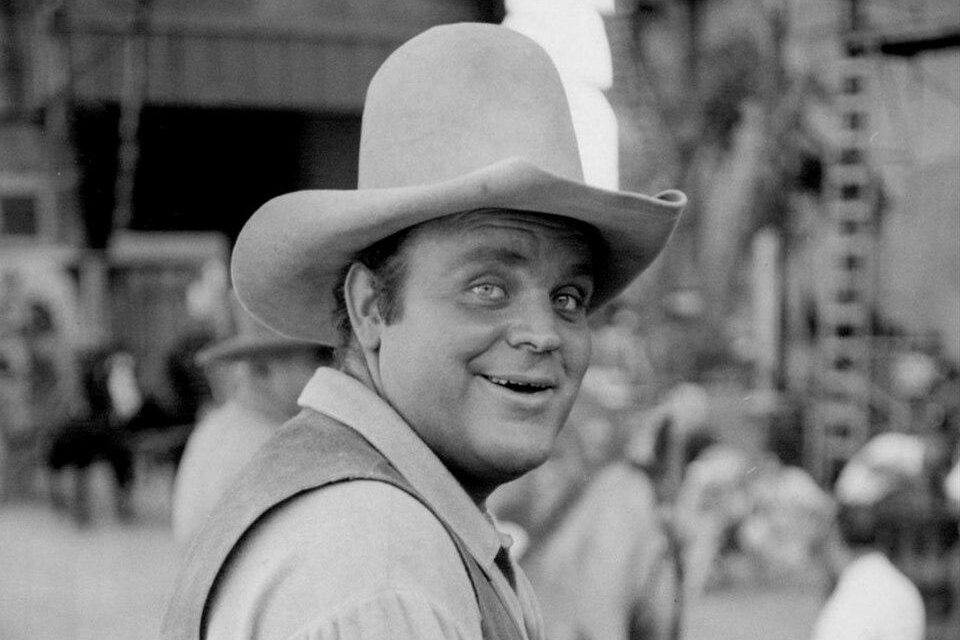
Bonanza was a long-running western that thrived on its strong characters and family dynamics. The death of Dan Blocker, who played Hoss Cartwright, in 1972 was a huge blow. Without Hoss, the show lost much of its emotional core and struggled to maintain the same connection with viewers. The series continued but never quite regained its earlier warmth and appeal. Bonanza’s decline after such a key loss shows how vital certain characters are to a show’s identity and success.
5. The Flintstones: One Season Too Many
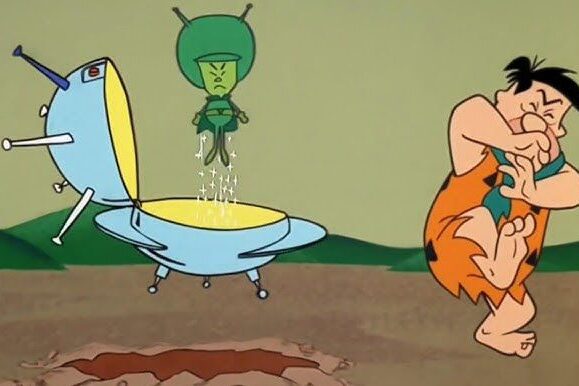
The Flintstones was a groundbreaking animated sitcom that brought the Stone Age to life with humor and heart. However, in its later seasons, especially the final one, the show introduced odd characters like The Great Gazoo, which confused many loyal fans. These additions felt out of place and disrupted the original charm that made the series a hit. This shift showed how even a beloved show can lose its way by trying to innovate too much or stretch its concept beyond what worked. Despite this, The Flintstones remains a beloved classic, but its later episodes lacked the magic of its early years.
6. Lassie: Long Run Wears Thin
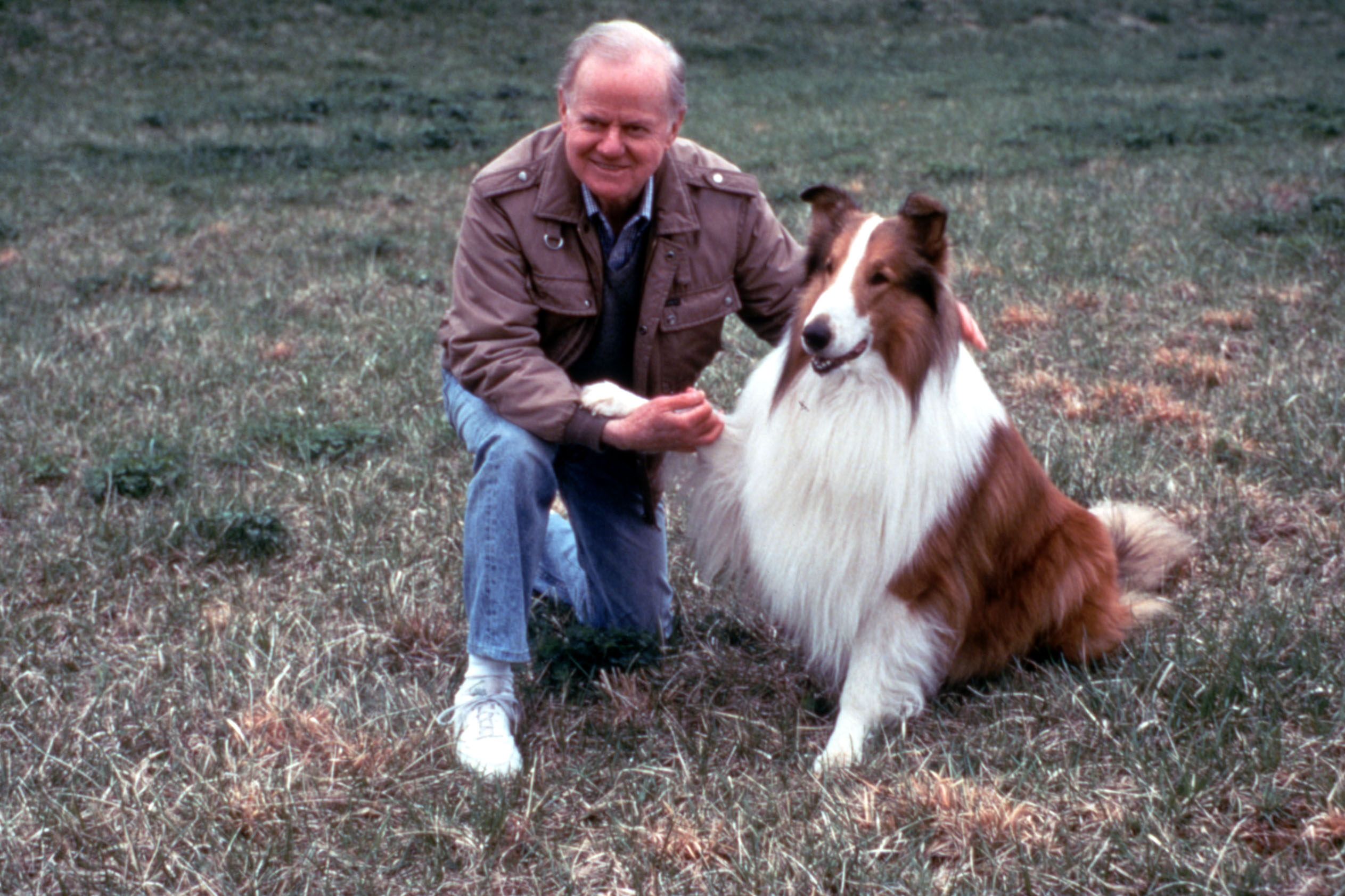
Lassie ran for an impressive 19 seasons, becoming one of the most enduring primetime shows in U.S. TV history. However, over time, repeated cast changes and shifts in tone gradually wore down the emotional connection that viewers had with the show. The original warmth and simplicity gave way to more formulaic storytelling. While Lassie’s longevity is a key to its popularity, the gradual decline in quality and emotional impact shows how even the most cherished series can struggle to maintain their spark over many years.
7. Romper Room / Shari Lewis & Lamb Chop: Outpaced by New Kids’ TV
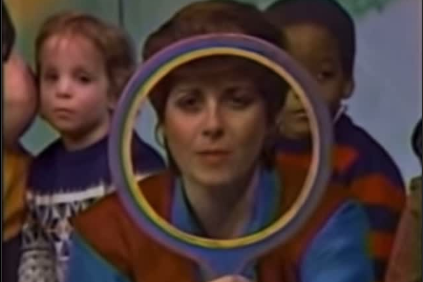
Romper Room and Shari Lewis & Lamb Chop were sweet, sincere children’s programs that charmed young audiences in the ’50s and ’60s. However, by the late ’60s, these shows began to feel outdated as newer, more modern children’s programming like Sesame Street emerged. Their traditional formats and styles couldn’t compete with the fresh, educational approach of the new wave. Though fondly remembered, these shows lost their place in the changing landscape of children’s television, highlighting how evolving audience expectations can leave even beloved programs behind.
This story 21 Classic TV Shows from the ’50s and ’60s That Left Too Soon, Ended Just Right, or Slowly Lost Their Spark In progress was first published on Daily FETCH


